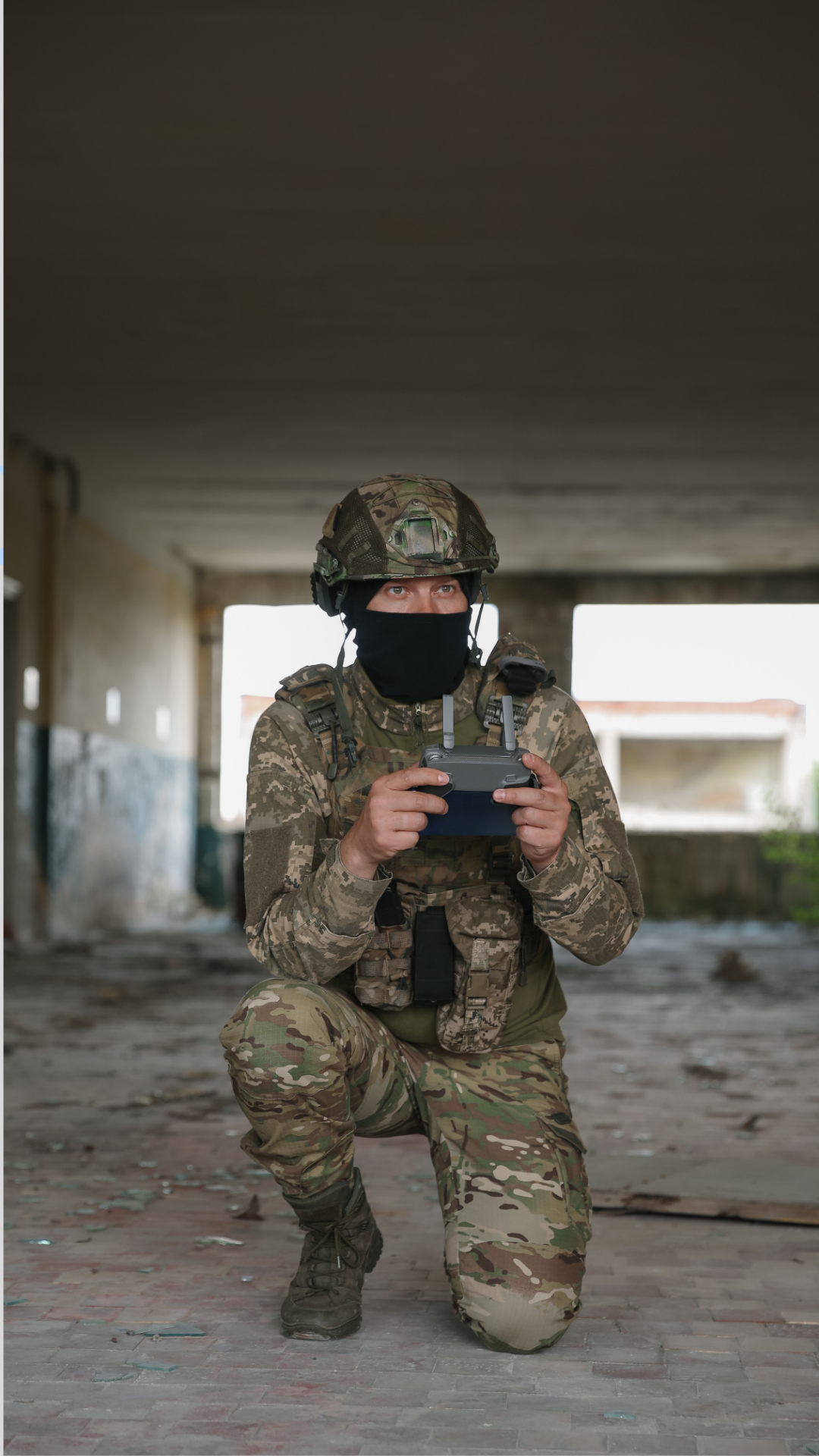In defense and military applications, electronic devices, communication systems, sensors, and other equipment must function reliably in harsh environments, including extreme weather, wet terrains, and marine conditions. To ensure durable connectivity, waterproof and rugged connectors are essential. These connectors are designed to withstand demanding conditions, providing secure and stable connections.
Applications of waterproof connectors in defense and military equipment are often seen in:
- 1. Surveillance Equipment:
Military surveillance equipment relies on advanced cameras and sensors for critical monitoring and reconnaissance operations. These systems often employ a combination of data storage and communication interfaces. Micro SD card slots provide convenient and removable local data storage for captured imagery and sensor data, facilitating easy data retrieval and transfer. Standard USB connectors offer versatile connectivity for data transfer to external devices, system configuration, and firmware updates. Ethernet connectors enable robust network connectivity, facilitating real-time data streaming, remote control, and integration into larger surveillance networks. This combination of storage and communication interfaces ensures flexibility and interoperability for diverse surveillance applications, from individual soldier-worn devices to large-scale surveillance systems.
- 2. Communication Devices:
Military communication relies on robust devices operating in harsh environments. Handheld radios like the MBITR are crucial for tactical communication, often using specialized rugged connectors. Ruggedized laptops and tablets, frequently featuring IP67 or IP68-rated USB Type-C connectors, extend command and control capabilities. These sealed connectors prevent dust and water ingress, maintaining functionality in extreme conditions. Helmet-mounted systems utilize compact connectors due to space limitations. M6 snap-in connectors provide secure attachments for power sources for microphones and earpieces, allowing for quick detachment from the helmet. These connection technologies prioritize durability, environmental resistance, secure mating, and minimal size and weight, ensuring reliable communication in challenging operational scenarios. The integration of these diverse systems is critical for effective military operation.
- 3. Ground Control System (GCS):
GCS are critical command and control centers for managing and operating unmanned aerial vehicles (UAVs) or drones in military operations. These systems provide operators with the ability to remotely pilot UAVs, manage sensor payloads (such as electro-optical/infrared cameras, radar, and electronic warfare systems), and execute mission-critical tasks like reconnaissance, surveillance, target designation, and battle damage assessment. GCSs are essential for maintaining situational awareness, extending operational reach, and minimizing risk to personnel in hostile environments. To facilitate these demanding operations, GCSs utilize a variety of ruggedized interfaces designed for reliable performance in field conditions. HDMI connectors transmit high-resolution video feeds from the UAV's sensors, providing operators with crucial real-time intelligence. USB connectors offer connectivity for mission-specific peripherals, secure data transfer, and integration with military-grade hardware. Specialized sensor connectors interface with tactical payloads, ensuring reliable transmission of critical data for targeting, surveillance, and electronic warfare. Secure RJ ethernet connectors, often employing encrypted protocols, establish robust and secure network connections for command and control, preventing unauthorized access and ensuring data integrity in contested environments. This combination of ruggedized and secure interfaces ensures comprehensive control, data acquisition, and secure communication for effective UAV operations in diverse military scenarios.

- 4. Medical Equipment:
Medical equipment deployed in field hospitals and emergency situations demands reliable performance and ease of use, often under stressful conditions. Portable medical devices, such as patient monitors, defibrillators, and infusion pumps, require robust and user-friendly connections. To facilitate rapid setup and operation, these devices frequently employ quick-lock connection solutions. Magnetic connectors offer simple, self-aligning mating, allowing for fast connections with minimal force, even in low-light or chaotic environments. Push-lock connectors provide a secure, positive locking mechanism with an audible click confirmation, ensuring a reliable connection that can be easily released with a simple push. Snap-in connectors offer a quick and secure connection with a distinct snap, providing tactile and audible feedback to the user. These quick-lock solutions minimize connection time, reduce the risk of accidental disconnections, and enable medical personnel to focus on patient care in critical situations. The emphasis on rapid and reliable connections is crucial for maximizing the effectiveness of medical interventions in challenging field environments.
- 5.Navigation Systems:
Military navigation systems provide crucial positioning and navigation capabilities in demanding environments. Devices like the Precision Lightweight GPS Receiver (PLGR) and the Defense Advanced GPS Receiver (DAGR) offer accurate location data even under challenging conditions. Modern systems increasingly incorporate smaller platforms like Micro Air Vehicles (MAVs), expanding their operational scope. To further optimize size and weight, particularly in smaller platforms, hybrid connectors combining power and signal transmission into a single interface are increasingly utilized. These hybrid connectors offer significant space savings compared to using separate connectors for power and data, a crucial advantage in space-constrained applications like MAVs. These systems utilize various other connector types tailored to their specific requirements. IP-rated circular connectors provide robust, environmentally sealed connections for power and data in harsh conditions, preventing dust and water intrusion. Standard interfaces like RJ45 Ethernet connectors facilitate data transfer and networking between devices. USB connectors offer versatile connectivity for data transfer, programming, and charging. Additionally, NMEA connectors play a vital role in Navy navigation systems. While widely adopted in commercial marine applications, the NMEA standard's focus on standardized data formats for navigational information makes it equally valuable for naval vessels. The selection of these connectors, including the space-saving hybrid options, prioritizes reliability, durability, and interoperability in diverse operational scenarios. This ensures accurate navigation and situational awareness for military personnel and assets.







